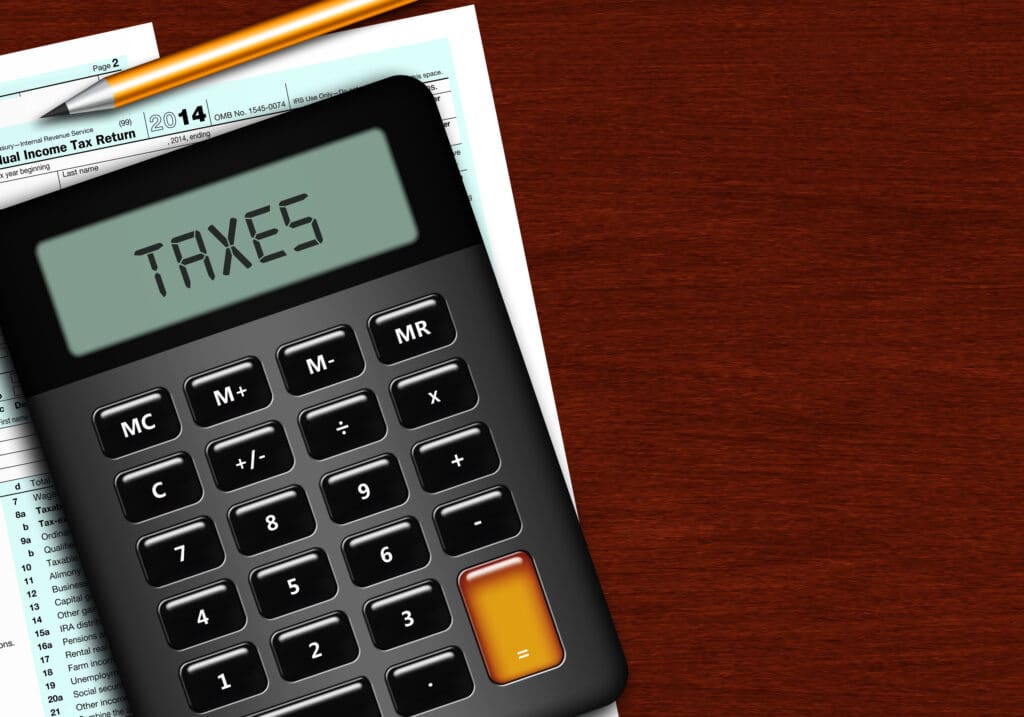Since his inauguration, President Joe Biden’s administration has moved forward on three key elements of his Build Back Better program, also known as the American Families Plan, which is funded through proposed changes to the tax law. As a result, many Americans are questioning what changes, if any, they can expect to see on their taxes. But as history has shown, with one party in control of both the White House and Congress, it is more likely than not that many of his tax policy proposals will come to pass in both the House and Senate.
For business owners and entrepreneurs, concerns around how potential tax law changes may impact their businesses are likely to be front and center. Here are a few ways President Biden’s tax plan may impact individual taxpayers and small business owners alike.
A Higher Tax Rate for High-Income Earners
The new administration promised tax relief for working families while increasing taxes on those who are earning more than $400,000 a year, and so far, that $400,000 income threshold has become the fundamental focus. For this group of taxpayers, they may be imposed with a 12.4% Social Security payroll tax, which would be evenly split between the employee and the employer. The tax benefit of itemized deductions will also be limited to 28% of value. Additionally, the top rate for individuals earning more than $400,000 will rise from 37% to 39.6%. The aim of this is to restore the tax rate to the level it was back in 2020. It is unclear whether the $400,000 income threshold would apply to joint filers, single filers, or both.
What does this mean for capital gains?
As of 2020, long-term capital gains held for over a year were taxed between 0-20%. And for many wealthy Americans who were once able to pass down stocks, real estate, and other assets to their heirs without a capital gains tax, this is set to change. Under Biden’s tax reform plan, a step up on inherited properties will no longer be allowed adjustments. Dividends and long-term capital gains would be taxed at a rate of 39.6% on incomes above $1 million a year. Short-term gains would be taxed at this same 39.6% rate.
What if I have real estate investments?
Under this new tax plan, the popular IRS code Section 1031 exchanges will be eliminated for those with gains over $500,000. Real estate investors traditionally used this as a way to defer paying taxes on real estate by rolling profits into their next property investment.
What can I do to save on taxes?
Individual taxpayers that can adjust the timing of their income to keep it below $400,000 may want to consider doing so by applying a few strategies where possible. Alternatively, hiring a tax consultancy that helps taxpayers develop a tax-saving strategy is also worth consideration.
Tax Breaks for Lower and Middle-Income Taxpayers
Taxing the wealthy is one of the strategies the Biden Administration has planned to narrow the income gap. Another part of the plan involves decreasing taxes for low and middle-income Americans as well. President Biden is set to equalize the tax benefits of retirement plans by providing a refundable tax credit to everyone instead of a deduction. Automatically, the tax credit would be deposited into qualifying taxpayer’s retirement accounts as a 26% matching contribution for each $1 contributed. In turn, this will undoubtedly encourage low and middle-income earners to save more for their retirement.
What would easing taxes on lower and middle-income taxpayers achieve?
This is contrary to the current law, but the flat credit would boost retirement savings for people in this tax bracket. Apart from this, the President will also recognize the housing costs on the low-income earners. This will be achieved by proposing a new renter’s tax credit to reduce the rent to 30% for individuals and families. The President promises to expand the Low-Income Housing Tax Credit which will, in turn, encourage the construction and rehabilitation of affordable housing in the United States.
Tax Law Changes for Business Taxes
Corporate Tax Rates
Corporate tax rates are planned to increase from 21% to 28% if the business is a corporation. This reverses the Tax Cuts and Jobs Act of 2017’s decrease from 35% to 21%.
The administration is also supportive of companies returning public investments and tax benefits when choosing to move jobs away from the United States. A 10% tax penalty would also be imposed on corporations that ship jobs overseas where such jobs could be done or filled by the American worker. Joe Biden’s administration also wants to increase the Global Intangible Low Tax Income (GILTI) rate on all the foreign profits, from 10.5% to 21%.
The President’s plan will create a 15% minimum tax on all corporations with book profits of $100 million or more. His administration’s corporate tax plan aims to ensure that all American corporations pay taxes, and the plan reinstates the business alternative minimum tax, requiring corporations to spend more of their regular corporate income tax.
Estate Tax Changes
Estates are currently exempt from paying rates if the estate is smaller than $11.7 million and an individual did not exhaust their tax exemption gift. The American Families Plan has proposed reducing these estate tax exemptions to $3.5 million and increasing the top rate to 45%, a change from the 2017 tax reform law that doubled the exemption of the time to $11.7 million.
What can I do if these changes affect my business and me?
Under this new tax plan, auditing, enforcement efforts and personnel will be increased to enforce tax law compliance by high earners and corporations. Seeking advice and help from a tax consultancy can help individuals better navigate the waters of tax savings – especially for those who meet the $400,000+ income threshold. The available information is constantly changing so it is important to have a team of strategists by your side as you plan for the uncertainty.
At TSP Family Office, we can help you save and keep more of what you earn daily to spend it doing more of what you love and help you grow your business further. We have a deep understanding of the tax code and cut through the jargon to uncover tax-saving strategies for you or your business. We ensure that we meet every client’s tax obligation while maximizing their available income. Contact us today for more information and be sure to have a look at our tax-saving assessment to estimate your potential tax savings.


;)
;)
;)